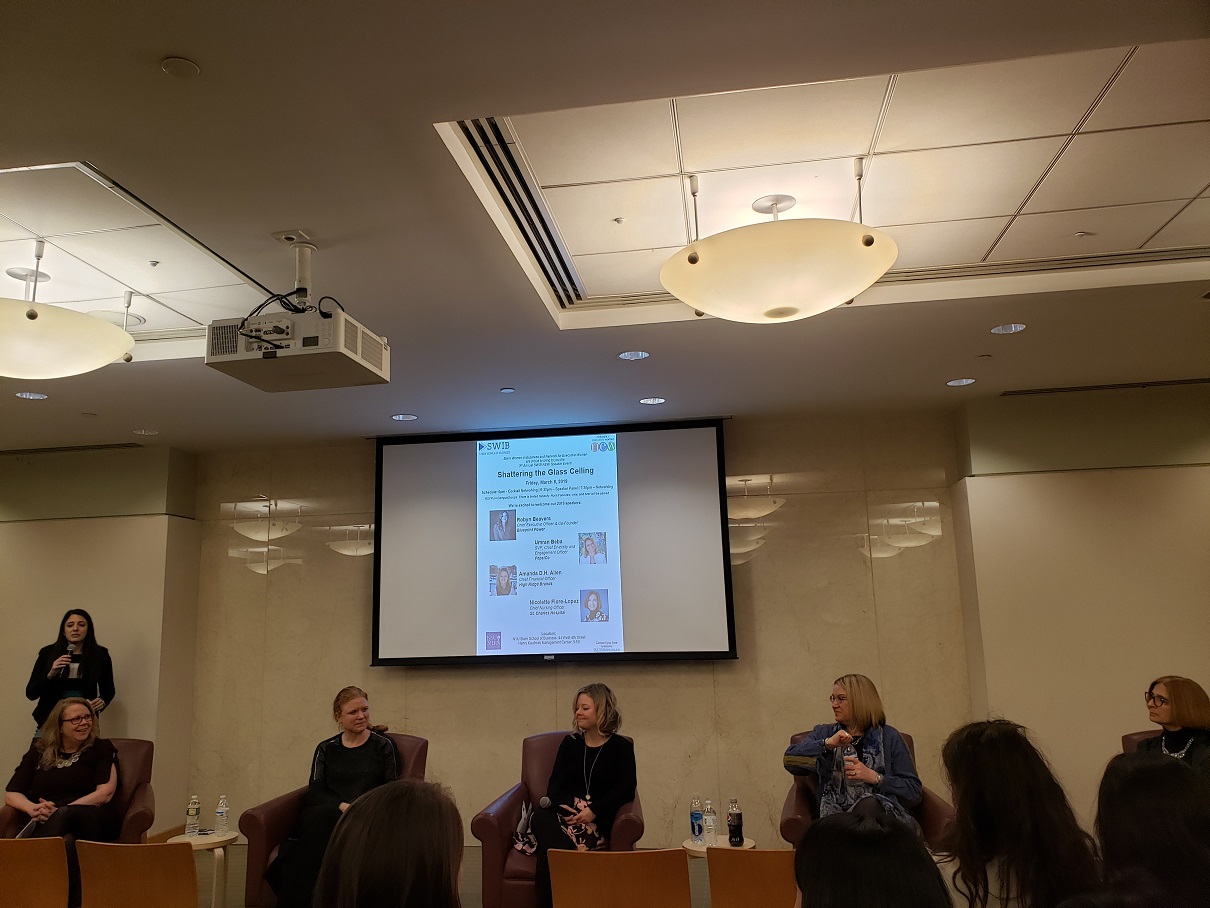We made it (barring us passing all of our finals per Dean Raghu at the graduation ceremony 😊)!
It is still a little bit hard for me to wrap my hear around the fact that just a little over a year ago, I was still working full time and living in a different state, barely knowing any of the 30 people whom I would call family now. At a recent conversation with the next class of Tech MBAs (yes they have already started their amazing 1-year journey), I got asked a question: do you think this has been a life-transforming year?
The answer is absolutely yes.
Over the year, I kept getting asked why I wanted to do an MBA after a PhD. I have said the answer enough times that I distilled it to this: because I not only want to know how to solve a problem, but also what problems to solve. With this degree, I definitely feel more comfortable defining and justifying problems worth solving. My way of thinking about a problem or situation has been slowly transformed over the year: from delving straight into numbers looking for one ‘true’ answer, to factoring in interests of and impacts on all stakeholders finding the best solution from all possible ones.
Before our orientation, one of the action items was to write a vision statement for May 2019, imagining what we would consider as success at the end of this year. I imagined along three dimensions – academically, professionally and personally. Today, I can proudly say I achieved most of what I set out to accomplish. One thing I am most proud of is the personal growth I had by constantly challenging myself. As an introvert, I didn’t like speaking in class or talking to strangers but at the end of the year I am contributing frequently in class and comfortable starting a conversation in networking sessions. As a number cruncher and non-native English speaker, I didn’t read a lot in English and my writing wasn’t as polished. During this year, I probably read more cases, articles and textbooks, and wrote more papers for classes than I did for my entire physics education. As a type A personality, I wanted to spend as much time as possible to perfect each task but with so many activities pulling me in all directions this year I learned the skill of time management and got comfortable with ‘good enough’ and setting my boundaries.
As I get ready to start my job at IBM post-graduation, what I will miss the most is the Stern community: all the professors – who all are so eager to help and invite us to stay in touch for the rest of our career, all the staff members from OCD, OSE and Admission – who always support us and cheer for us along our journey, all the administrators – whose doors are always open whenever we have any feedback to share, and mostly all my fellow tech MBAs, focused MBAs and Sternies – who made this year so much more special and memorable. What bonded us so strongly will stay with us for life: those late night and weekend meetings for a class project or case competition; those happy hours after a company visit, an exam or just a class; those trips we took together, near or far; those impromptu conversations just to cheer each other up while we were overwhelmed with recruiting and school; that night of Karaoke in San Francisco at the end of the Tech MBA west coast immersion trip; all the tears we shed and laughter we had. The MBA was a journey but also just the beginning, the beginning to many many life-long friendships.
Now, as a proud member of the over half million NYU alumni and over 100,000 Stern alumni, I can’t wait to see everyone at our reunion – be it one-month reunion or 20-year reunion – and hear all the wonderful stories we get to write in the next chapter of our lives.





